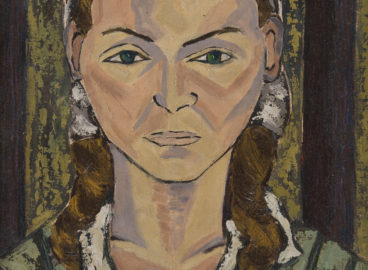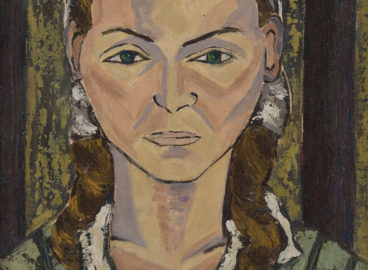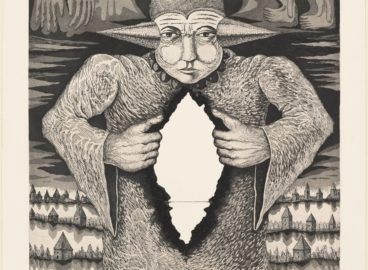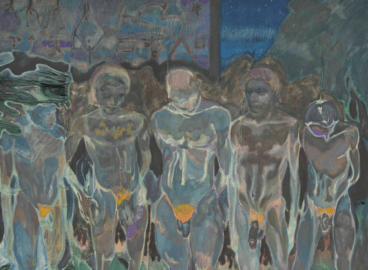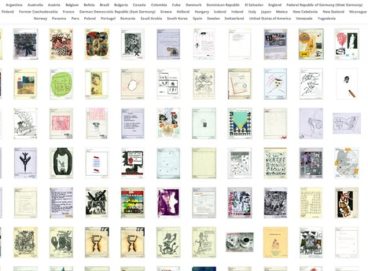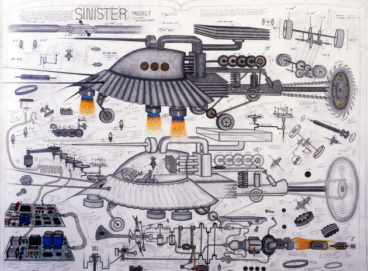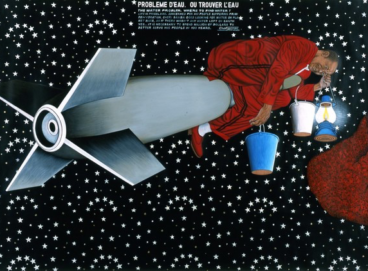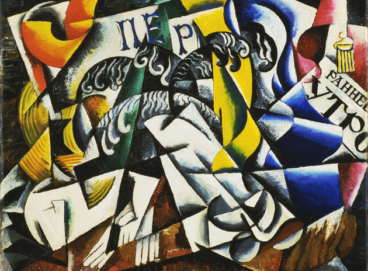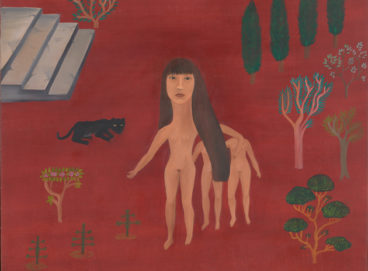Inji Efflatoun en prison (1959-1963) : peindre l’inrenouvelable
Inji Efflatoun fut une peintresse et une militante marxiste et féministe égyptienne. De juin 1959 à juillet 1963, elle fut emprisonnée par le régime nassérien en raison de son appartenance au parti communiste. Au cours de ces années, elle continua à peindre. Célébrés dès les années 1960, et aujourd’hui recherchés sur le marché de l’art, les tableaux de cette période sont souvent considérés comme les plus importants de son œuvre.
